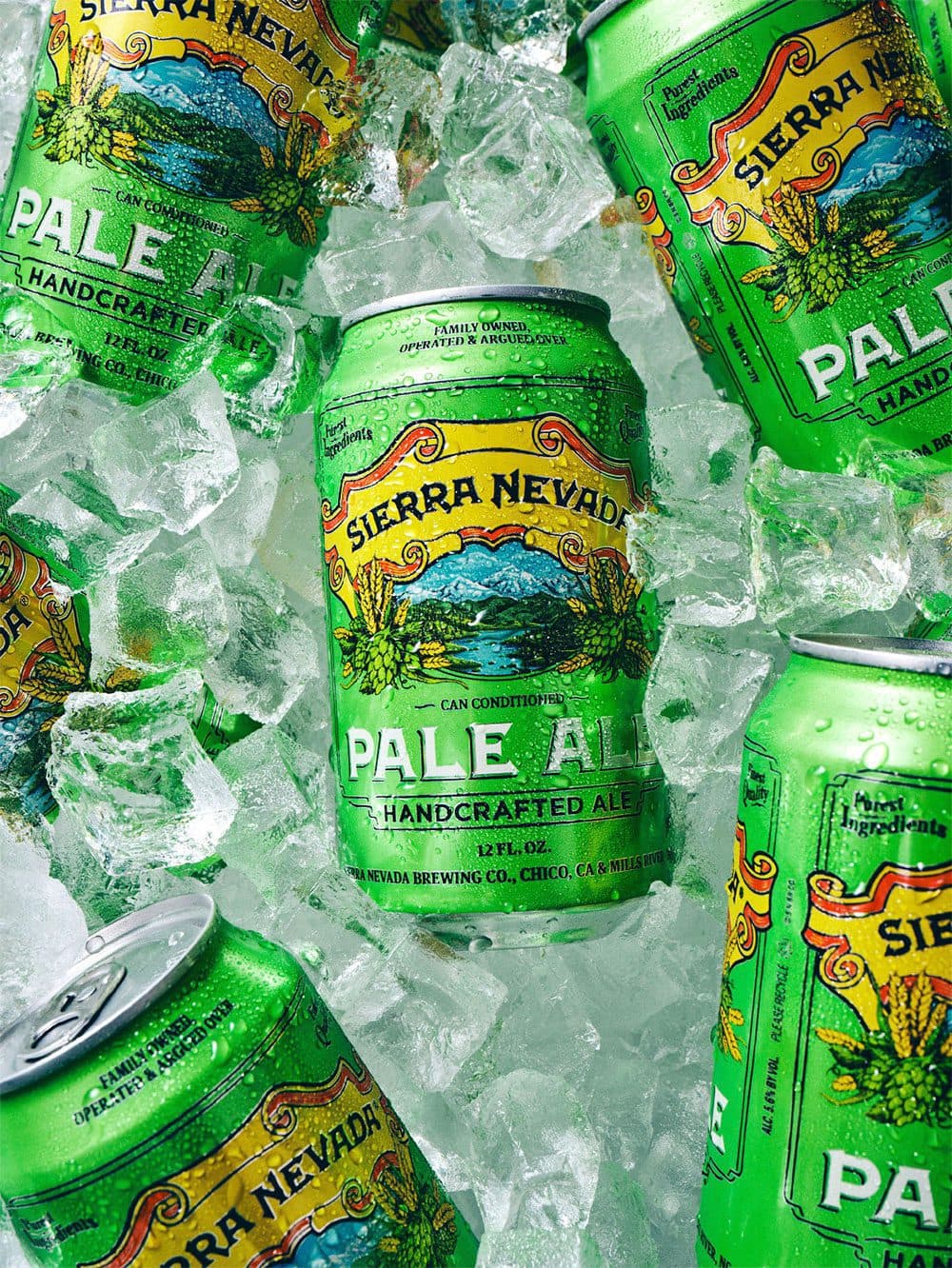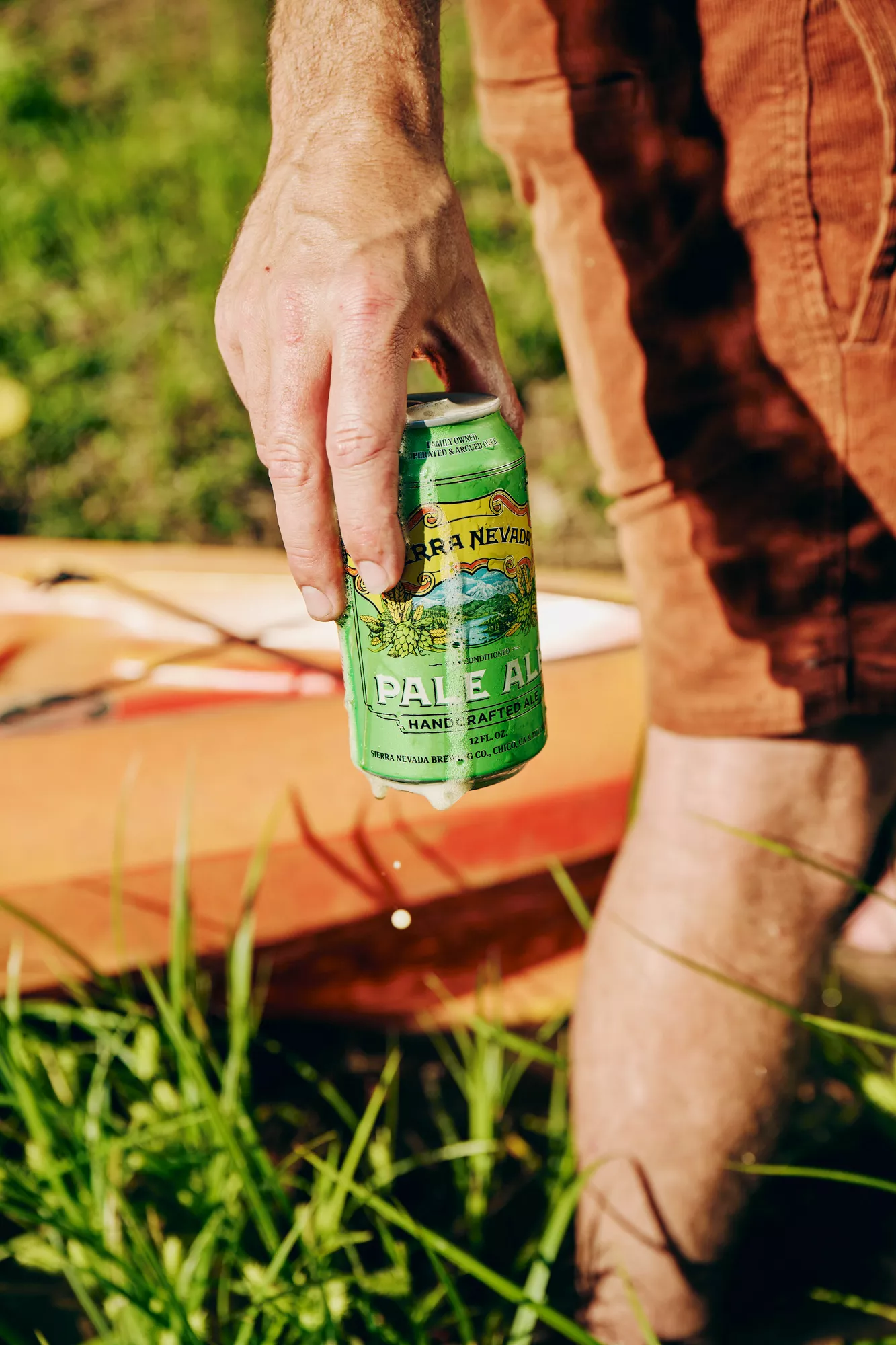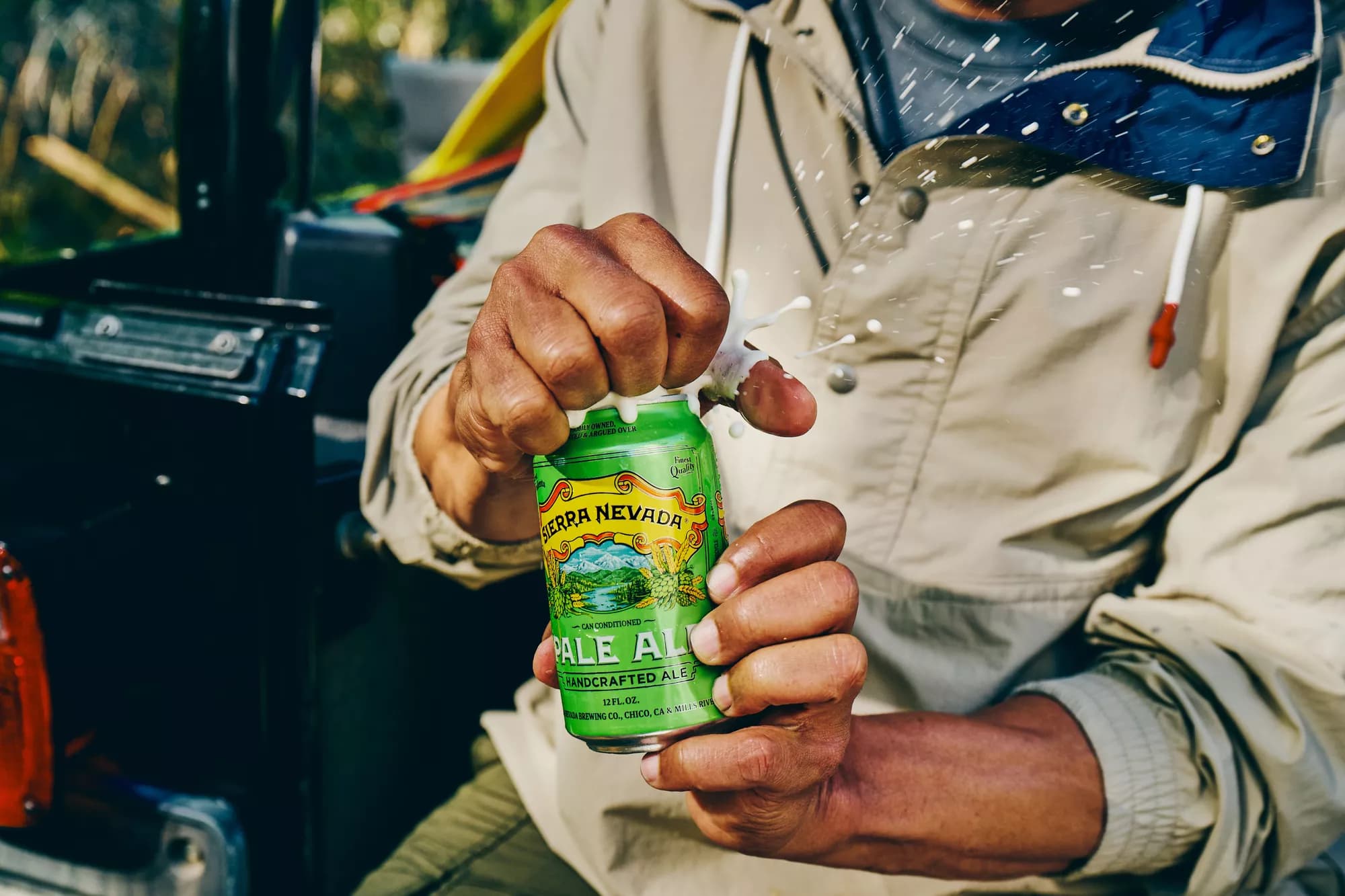Sierra Nevada helped shape the American standard for Pale Ale, but it was British brewers who set the style in motion in the 1700s. With advances in kilning, or the heating and drying of malt, they discovered new colors and flavors were possible in beer. The English-style Pale Ale took shape, featuring mild-mannered and earthy English hops balancing delicately against sweet and bready malt character.

Jump to the late 20th century when Ken Grossman stamped an American take on the style: bold hops, and lots of them, squarely in the spotlight. Sierra Nevada Pale Ale shocked taste buds in 1980, but those piney and citrusy Cascade hops soon launched craft beer into the mainstream. Almost a half-century later, fans are still ranking Pale Ale number one.

Jump to the late 20th century when Ken Grossman stamped an American take on the style: bold hops, and lots of them, squarely in the spotlight. Sierra Nevada Pale Ale shocked taste buds in 1980, but those piney and citrusy Cascade hops soon launched craft beer into the mainstream. Almost a half-century later, fans are still ranking Pale Ale number one.


